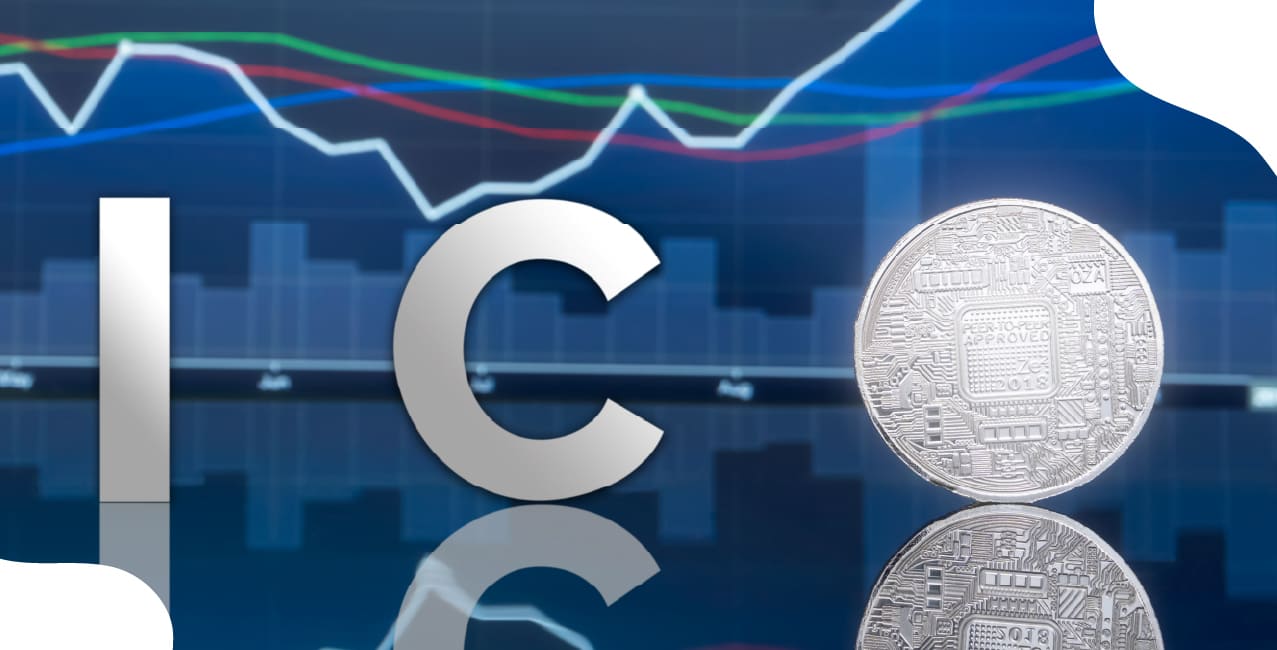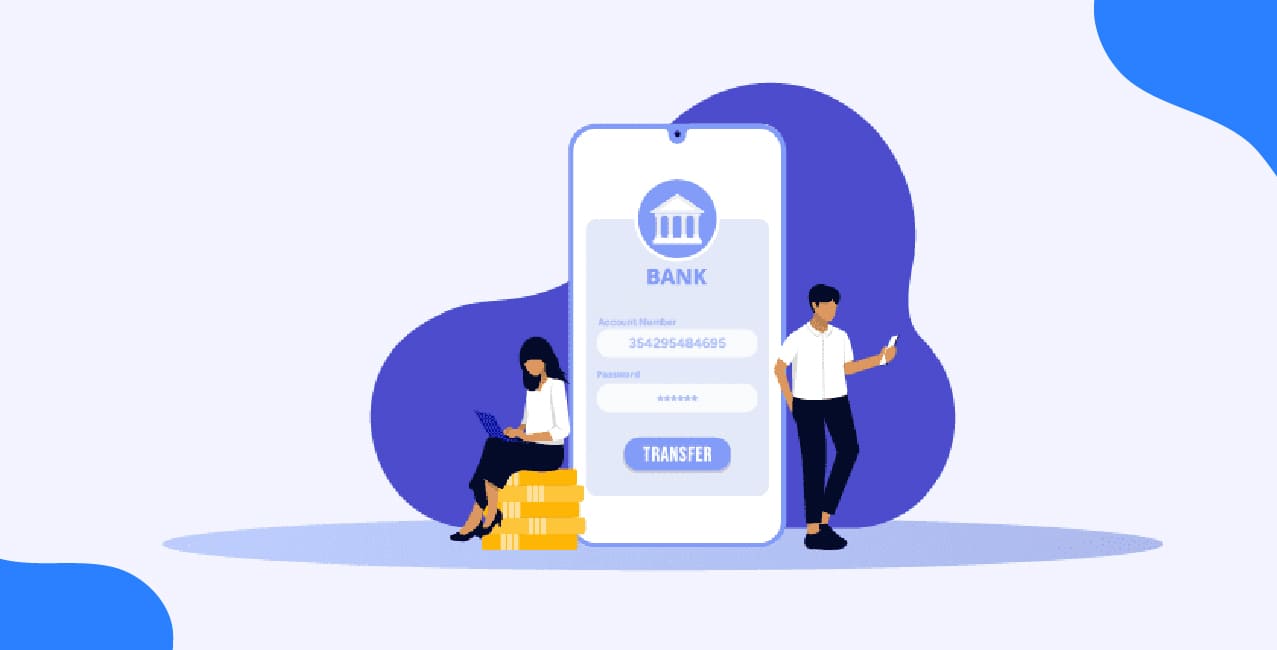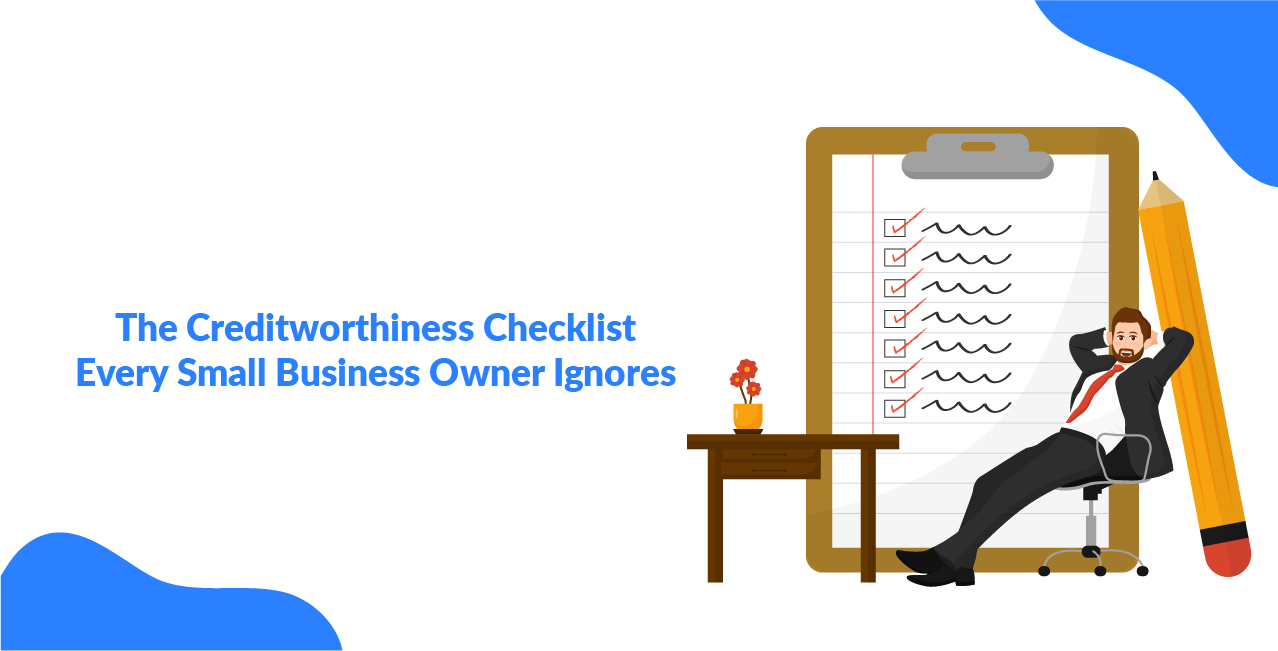
Author
LoansJagat Team
Read Time
5 Min
16 Sep 2025
What Is An Initial Coin Offering – The Basics Of ICOs In Crypto
Summary Points:
- Initial Coin Offerings are a way for companies to get money by selling digital coins, and people buy them hoping they will be worth more in the future.
- There are two main types of ICOs, one is public ones where anyone can join, and another is private ones for only big, chosen investors.
- Initial Coin Offerings can bring big gains or big losses. If the project succeeds, the tokens can become valuable, but if it fails, investors might lose their money.
FUN FACT: $TRUMP IS A MEME COIN LINKED TO DONALD TRUMP, RUNNING ON THE SOLANA BLOCKCHAIN FOR CRYPTO FANS AND COLLECTORS.
An initial coin offering (ICO) is a way for new cryptocurrency start-ups to raise funds for developing their projects. In a public ICO, regular investors can buy the company’s new cryptocurrency tokens before they officially launch in the market.
Let’s understand it with the help of an example:
Let’s say your friend Aarav wants to start ‘FoodRush’, a delivery app that brings hot snacks in 7 minutes.
Instead of going to the bank, he launches an ICO. Here’s how it goes:
- He creates 5,00,000 SnackCoins.
- Each SnackCoin costs ₹20.
- If all sell, Aarav gets ₹1 crore to start FoodRush.
- You buy 1,000 SnackCoins for ₹20,000.
- In one year, FoodRush becomes a hit, and SnackCoin’s price jumps to ₹80.
- Your ₹20,000 becomes ₹80,000. Isn’t that exciting?
But here’s the twist: if the idea fails, your coins could drop in value. That’s what makes ICOs exciting but also risky, right?
What is an Initial Coin Offering (ICO)?
An Initial Coin Offering (ICO) is a way for blockchain projects to raise capital by selling new digital tokens to investors. These tokens may later be used within the project or traded on crypto exchanges. Investors buy in early, hoping the token value will rise as the project succeeds.
ICOs Around the World:
- Between 2017 and 2023, over $28 billion was raised globally through ICOs.
- In 2021 alone, over 400 ICOs were launched, raising more than $7 billion worldwide.
- In 2023, Worldcoin (WLD) generated global buzz with a highly controversial launch, combining retina scans with token airdrops.
Risk vs Reward
- As of 2024, around 72% of ICOs failed within 12 months due to poor execution, regulatory pressure, or scams.
- Yet successful projects like Ethereum (raised $18 million in 2014) and Solana (raised $25 million in 2020) turned early investors into multi-millionaires.
- Most ICOs today raise between $1 million $10 million, far below the mega-raises of 2017.
Why ICOs Still Matter?
Unlike IPOs (Initial Public Offerings), ICOs:
- Require no banks or stock exchanges.
- Allow global participation, even with small amounts like ₹1,000.
- Rely heavily on community hype, tokenomics, and whitepapers.
But remember: ICOs are largely unregulated in countries like India, and investors have no legal protection if the project fails.
How an ICO Works: Step-by-Step Process
An ICO is a fundraising method where companies sell new crypto tokens to raise capital for blockchain-based projects. Investors send money during the ICO to receive tokens, which may offer access, utility, or a stake in the project.
Let’s say Meera, a tech entrepreneur with a big dream to launch ‘QuickKart’, a lightning-fast grocery delivery app that promises delivery in just 5 minutes using AI-powered route planning and delivery robots.
She needs ₹75,00,000 to make it happen. Instead of taking a loan or selling company shares, she decides to launch an ICO (Initial Coin Offering).
Here’s what happens:
1. Define Project Goals & Research the Market
Meera asks herself:
- What’s the idea? (An app that delivers groceries in 5 minutes.)
- Who will use it? (Busy professionals, parents, and students who forget to buy milk at night.)
She surveys 5,000 potential users, and 80% say they’d love such a service.
She’s got a clear mission and a ready audience.
2. Create the Business Plan & Whitepaper
Meera writes a whitepaper explaining:
- Vision: Launch QuickKart in 10 cities by next year.
- Tokenomics: Create 15,00,000 tokens called QKRT.
- ICO Price: ₹5 per token.
- Sell 80% of tokens to raise ₹60,00,000, keep 20% for team rewards and app development.
This document becomes her investor's guidebook, clear, transparent, and convincing.
3. Develop the Token
She teams up with a blockchain developer to launch QKRT tokens, which can be used to pay for groceries, get special discounts, and join loyalty programs within the app for extra rewards and benefits
4. Build the ICO Platform
Meera launches QuickKart.io, a secure website where people can buy QKRT tokens directly.
She uses smart contracts, so whenever someone pays, the tokens are automatically sent to their wallet instantly, safely, and transparently.
5. Legal & Regulatory Checks
She checks the legal framework in India and a few other countries where she might expand.
For compliance, she adds a clear statement: ‘QKRT tokens are for utility use and not company ownership.’
6. Marketing the ICO
Meera knows she needs excitement before launch. She:
- Post demo videos of delivery robots on Instagram.
- Partners with a famous food blogger to promote QuickKart.
- Offers a pre-sale bonus: Buy 500 QKRT, get 50 free.
This creates hype; 3,000 people sign up before the ICO even begins.
7. Launch the ICO
Meera puts 12,00,000 QKRT tokens up for sale at ₹5 each.
Now it’s time for Meera to launch the ICO and offer QKRT tokens to interested investors.
- Day 1: 4,00,000 tokens sold (₹20,00,000 raised)
- Day 6: 9,00,000 tokens sold (₹45,00,000 raised)
- Day 12: All 12,00,000 tokens sold (₹60,00,000 raised)
Within just 12 days, Meera successfully sells out all tokens and raises ₹60,00,000 for her project.
8. Distribute Tokens & Build the Project
Once the ICO ends, the smart contract sends tokens to all investors.
Example: You bought 2,000 QKRT tokens for ₹10,000.
One year later, QuickKart is operating in 15 cities, and QKRT’s price jumps to ₹15.
Your ₹10,000 investment is now worth ₹30,000 plus. You can use your tokens for grocery orders.
Meera stays true to her word:
After raising funds through the ICO, Meera keeps her promises and begins delivering on her project goals.
- Launches QuickKart in record time.
- Expands robot delivery to new cities.
- Lists QKRT tokens on exchanges so holders can trade freely.
Her actions build trust among investors and users, proving that strong execution can turn a token into real success.
Types of ICOs:
Before you start investing, remember that not all ICOs work the same way.
There are mainly two types Public ICOs and Private ICOs, each with its own way of raising money and attracting people. Here’s a quick and easy comparison so you can see the difference right away.
Whether you like the excitement of a public launch or the private feel of a closed round, knowing these two ICO types will help you choose where to put your money and trust.
Conclusion:
An ICO is like buying a ticket for a project before it’s ready. If it grows, your ticket’s value can rise. From public ICOs for all to private ones for a few, each has risks and rewards. Just learn about the project, choose wisely, and let your money grow smartly.
FAQs:
Q: When was the first Initial Coin Offering held?
The first ICO was launched by Mastercoin in July 2013; Ethereum followed in 2014, raising 31,000 BTC.
Q: When was the first ICO?
A: The first ICO was by Mastercoin in July 2013. Ethereum followed in 2014, raising about $18.3 million, and ICOs gained big popularity in 2017.
Q: Is ICO legal in India?
A: No, India has no legal framework for ICOs. Regulators only issue warnings and guidelines about using cryptocurrencies.
Q: What is the Howey Test?
The Howey Test determines if a transaction is a security based on profit expectation from others’ efforts.
Other Related Pages | |||
About the Author

LoansJagat Team
‘Simplify Finance for Everyone.’ This is the common goal of our team, as we try to explain any topic with relatable examples. From personal to business finance, managing EMIs to becoming debt-free, we do extensive research on each and every parameter, so you don’t have to. Scroll up and have a look at what 15+ years of experience in the BFSI sector looks like.

Quick Apply Loan
Subscribe Now
Related Blog Post


